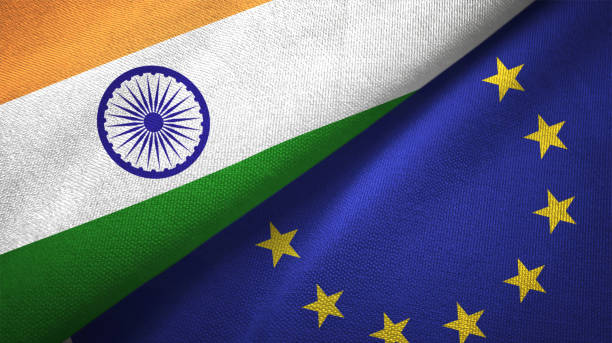
The Indian rupee strengthened past 85.7 in July, holding most of the rally from late June as the relative softness in energy prices and bullish momentum for the Indian economy outweighed the uncertain outlook for trade. Continued flows of tankers through the Persian Gulf into the Indian Ocean and another output increase by OPEC+ nations limited concerns of a sharp rebound in oil and fuel imports for India, preventing capital outflows as energy is India's largest import. In the meantime, strong indicators for the Indian economy maintained bets of strong growth domestically, with June's PMI coming at 61. This allowed the Indian rupee to hold its strength with the RBI still being able to build foreign exchange reserves, with the latest reading surpassing $700 billion, the highest om 10 months. On the other hand, uncertainty remained on tariffs by the US. The US refrained from imposing fresh tariffs in its latest letter round, but made levy threats against BRICS members.
The euro held steady around $1.17, near its highest level since August 2021, as investors awaited updates on US-EU trade negotiations. The European Union aims to finalize a preliminary agreement with Washington this week to secure a 10% tariff framework beyond the August 1 deadline, while talks toward a permanent deal continue. On Tuesday, reports surfaced that the US proposed maintaining a 10% baseline tariff, with exemptions for key sectors such as aircraft and spirits. However, Washington has shown no willingness to extend exemptions to politically sensitive industries, including cars, steel, aluminium, and pharmaceuticals, despite requests from Brussels. In response, the EU is preparing retaliatory tariffs on various US goods and has warned that additional measures—such as export controls and restrictions on US companies' access to public contracts—could follow if no deal is reached. Meanwhile, in monetary policy, markets are pricing in just one more rate cut from the ECB this year.